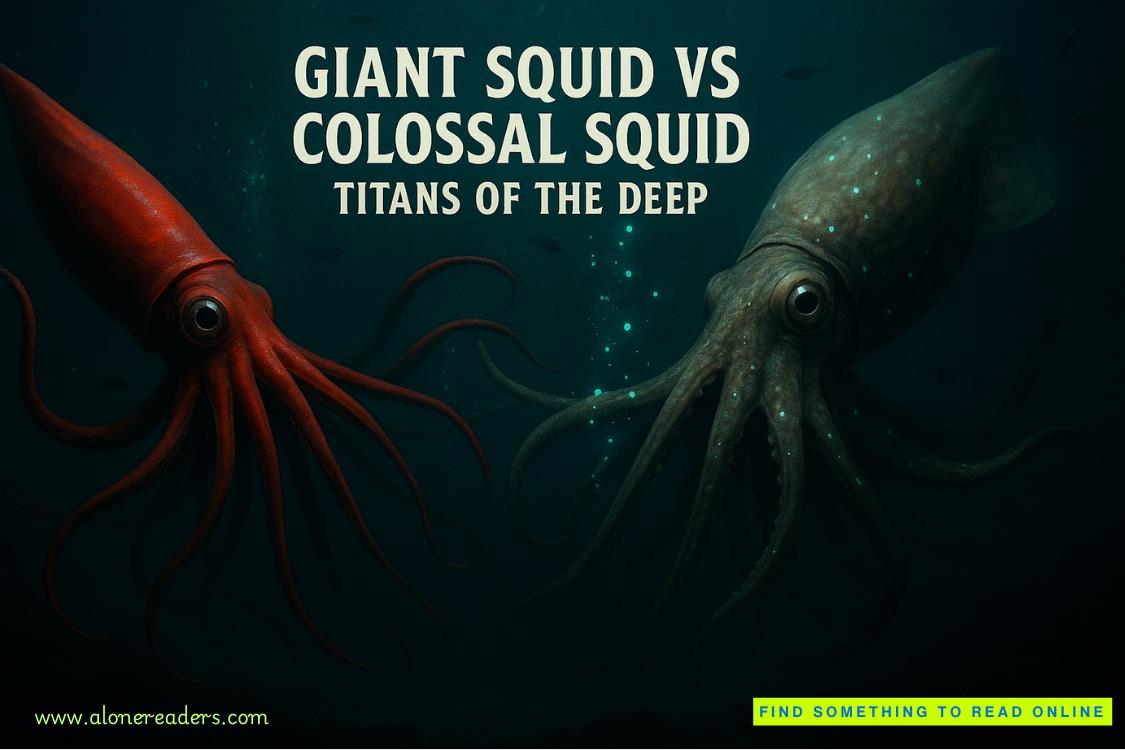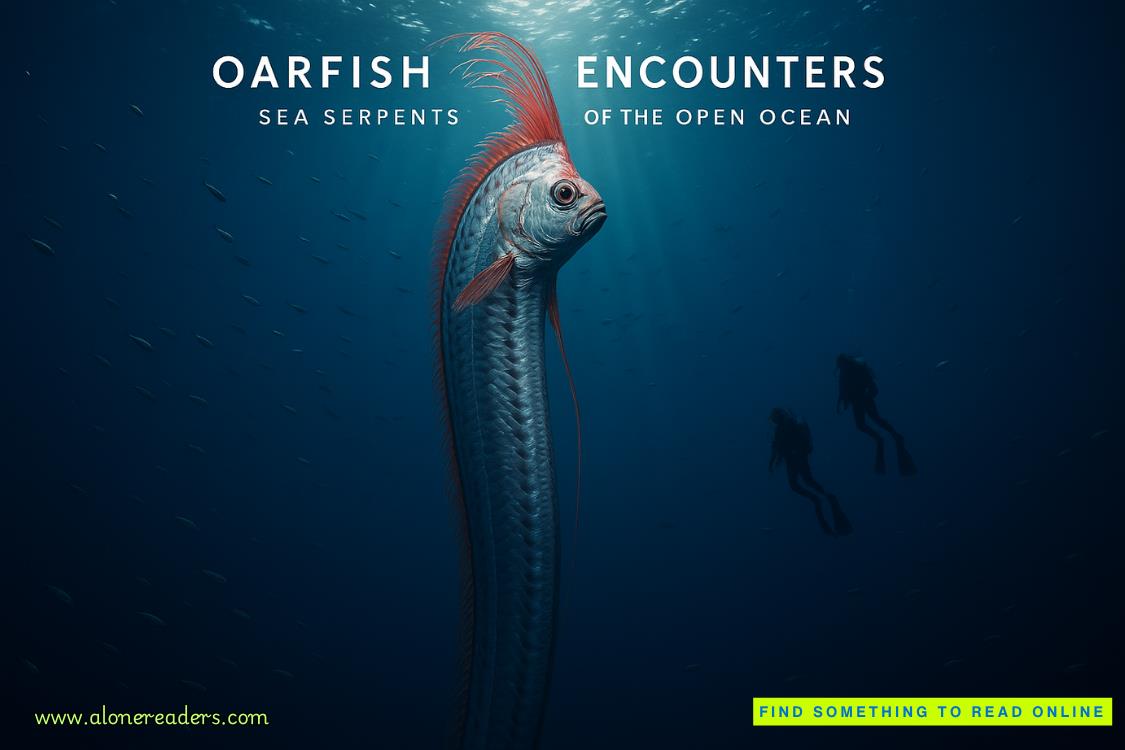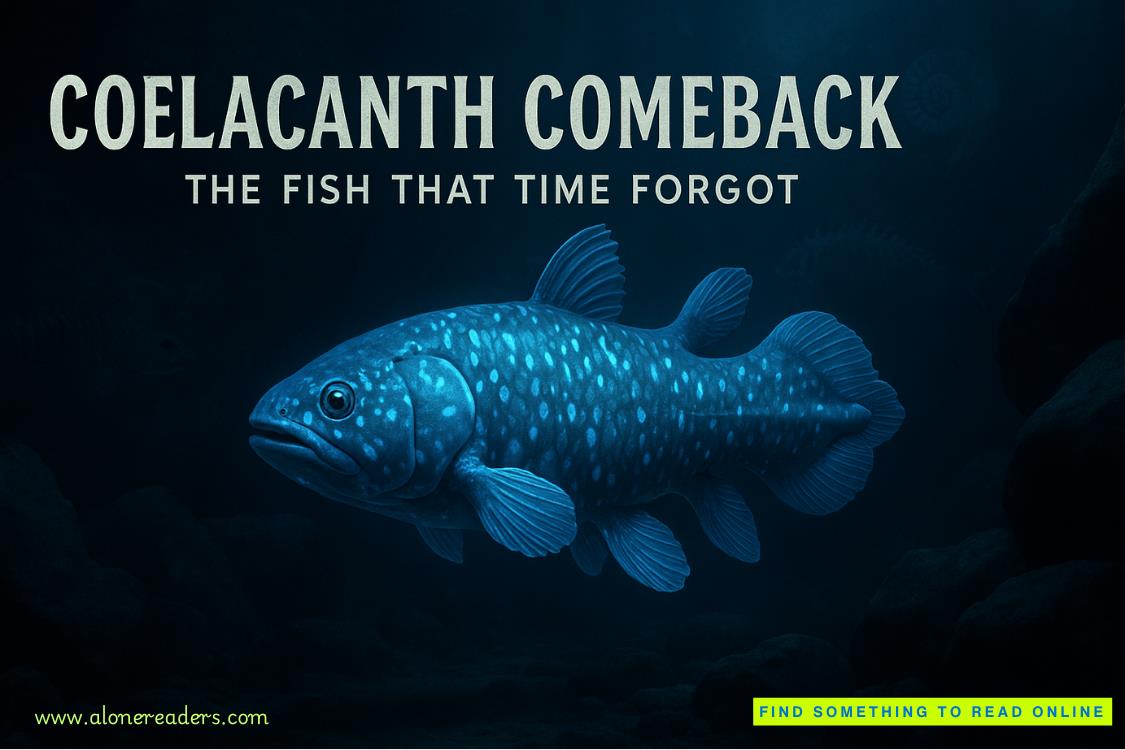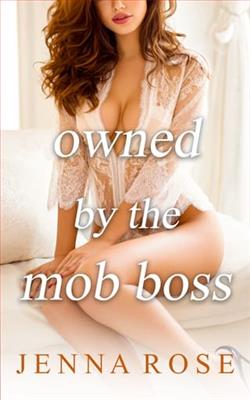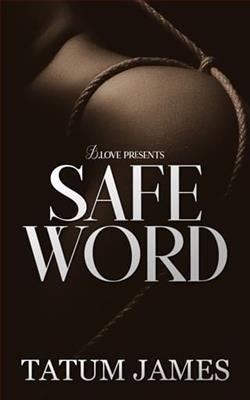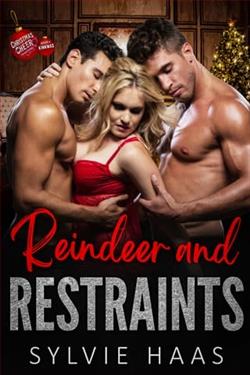Page 46 of The Overtime Kiss
“Veggie tacos sound perfect,” I say, meaning it. Because he’s not trying to change me—he’s just listening.
As we head upstairs, I say, “But what did you make with your taco?”
“A puck,” he says, his voice low and rumbly, like he knows how that word sounds—a little bit dirty.
And I like it too much.
13
THE FIRST TWENTY-FOUR HOURS ARE THE HARDEST
Sabrina
It’s an age-old question about figure skating—do you ever get used to the early mornings, or do the early mornings get used to you? While I can wake at four-thirty, I wouldn’t say I spring free from my bed.
But muscle memory drags me out. To the bureau, where I grab leggings, a sweater, and a sports bra. To the bathroom, where I brush my teeth, loop my hair into a ponytail, and get dressed. Then to the garage, where I hop into my car, spotting a small canvas bag on the floor of the backseat. I must not have grabbed everything in the move yesterday so I make a note to snag that later, pulling out before the sun’s even thinking about rising. I drive through the quiet pre-dawn city, cruising along with doctors, nurses, and other early risers, the scent of the car’s cinnamon apple air freshener tickling my nose. Soon, I reach Sunnyside Rink where I rent ice for my lessons from the rink’s owners. An older couple, Hankand Marla Dawson, were both college hockey players. They met in school, fell in love, and opened this rink together.
With a key I’ve used countless times, I unlock the heavy double doors, then go inside and punch in a code on the alarm, silencing it before it goes off.
Inside, the familiar blast of chilly air hits my cheeks, and I sigh happily. It’s like coming home. It never fails to invigorate me. All at once, I’m wide awake without a drop of caffeine.
My student—Jasmine Morales—won’t arrive for another twenty minutes. It’s just me, the ice, and the start of the day. I set my bag on the bleachers, slide off my sneakers, and lace up my skates.
After grabbing my travel action camera that Leighton gave me as a “business-warming” gift, I attach it to a stick, adjust some settings, then step onto the ice, holding it.
I don’t move right away. I breathe in, inhaling the cool, crisp scent, the bite in the air, the solitude.
When I first laced up at age four, skating was fun. It stayed that way for many years. But at some point, I chased excellence as much as joy. Maybe more. There’s nothing wrong with wanting to be tops at something. But it can obsess you. Addict you. Control you.
After I failed to make the Olympics in early college, I had to face some tough truths about myself. I was obsessed with skating, but also with the prep for skating. With the rules and guidelines about how to excel. With the climb up the mountain, and whether I was doing enough—lifting enough weights with enough frequency, skating enough programs with enough electricity.
And smiling through it all. Smiling even when it hurt.
It was a harsh reality, but I learned over time that it’s okay to have fun on the ice. I don’t have to obsess over every second, every routine, every workout.
Most of all, I learned I can skate for me.
I’m off, holding the stick with the camera at the end of it, then hitting the ice and flying. It’s always felt that way—like flying—even when it’s hard. And figure skating is often hard. It’s supposed to be hard. And terrifying. And beautiful. It’s all of those things. But it’s also like meditation as the blades cut into the ice while I skate backward, picking up the pace, arms out, crossing over again and again as I glide around the rink.
Music plays in my earbuds—a fast pop song that makes my pulse speed and my heart soar.
I spin—a scratch spin, with my legs crossed and arms briefly tucked in but still holding the camera, something I’ve done many times. I move out of it and glide forward, picking up speed again before shifting into a toe loop, landing cleanly, and circling the rink once more, the tiny camera capturing all my moves close up so the viewer feels like they’re moving with me.
In some ways, this impromptu routine feels like every morning of my life growing up, when I spent hours at the rink practicing, refining, and aiming for not only excellence, but perfection.
Sometimes reaching it. Always craving it.
Now, though, it feels like freedom. I barely think of the camera, but when I do, it doesn’t feel like a judge. It’s an outlet for me to express the joy I feel in sport and in movement.
A few more songs, and I’m breathless, exuberant, and ready to teach.
Good thing, because Jasmine and her mom have just arrived. I turn off the camera, then put it away in my bag. I’ll edit the video later and post it, and thanks to modern technology the stick won’t appear in the final clip. Yay software.
“Let’s do this,” I say enthusiastically to the twelve-year-old sporting braids, a beanie and a morning glow.
Then we work—but I try to make it feel like play.
“Yes! You got this,” I cheer every time she nails a move.
